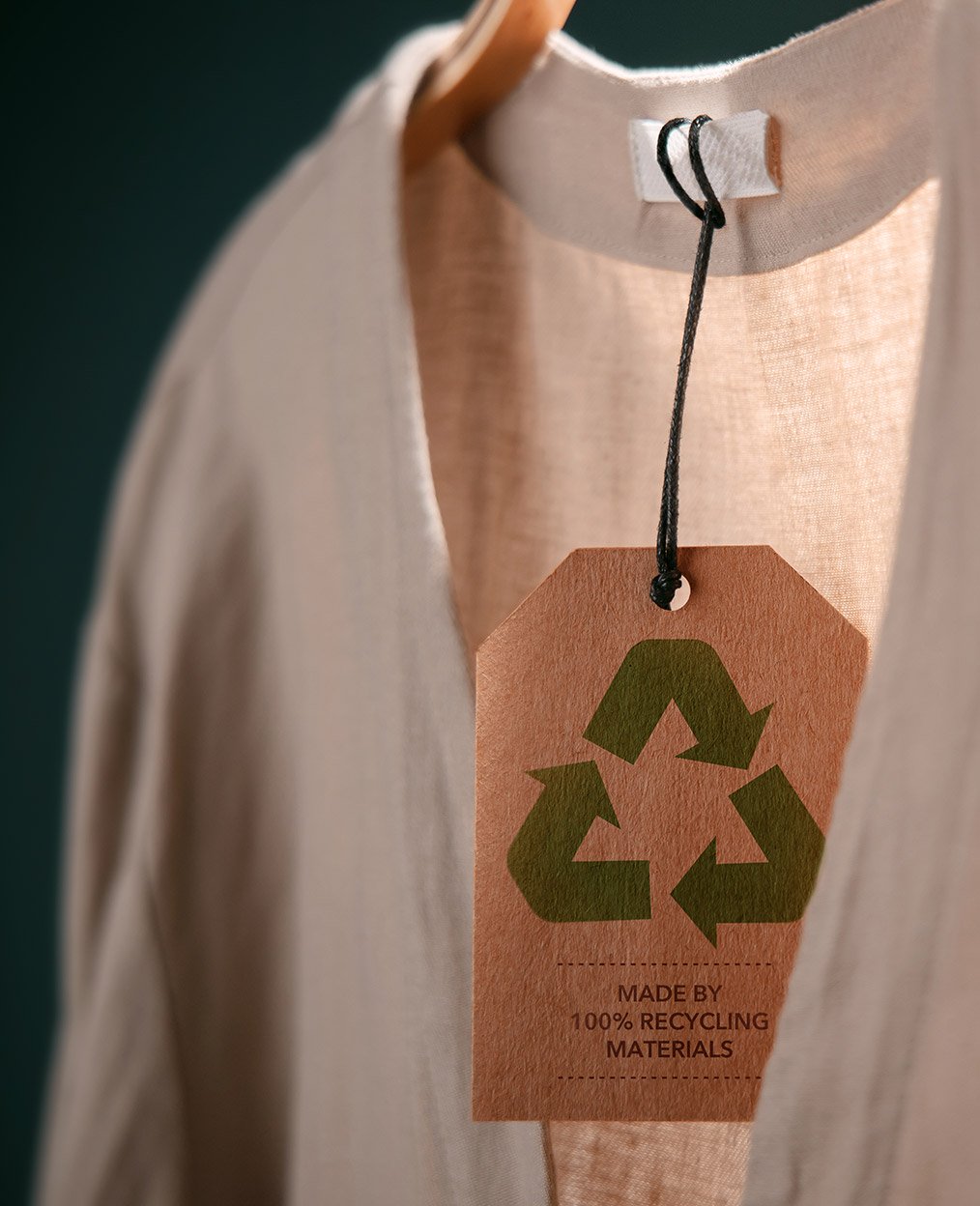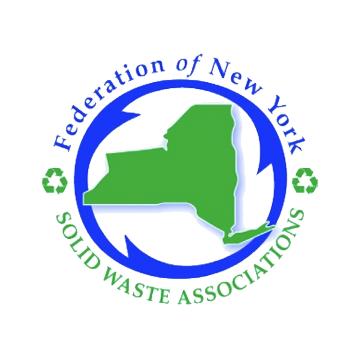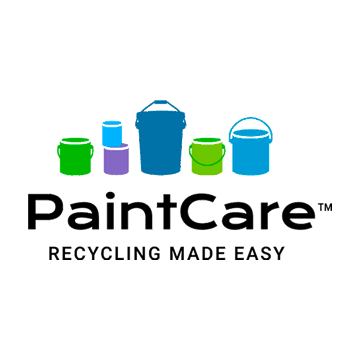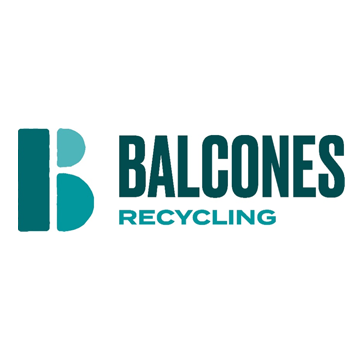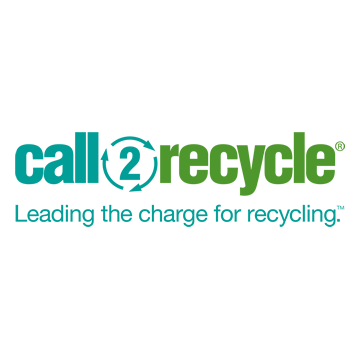What is Product Stewardship / EPR?

Environmental
Management Strategy
Product Stewardship
The act of minimizing the health, safety, environmental, and social impacts of a product and its packaging throughout all lifecycle stages, while also maximizing economic benefits.
The manufacturer, or producer, of the product has the greatest ability to minimize adverse impacts, but other stakeholders, such as suppliers, retailers, and consumers, also play a role. Stewardship can be either voluntary or required by law.
Extended Producer Responsibility (EPR)
A mandatory type of product stewardship that includes, at a minimum, the requirement that the manufacturer’s responsibility for its product extends to post-consumer management of that product and its packaging.
There are two related features of EPR policy:
- Shifting financial and management responsibility, with government oversight, upstream to the manufacturer and away from the public sector; and
- Providing incentives to manufacturers to incorporate environmental considerations into the design of their products and packaging.
